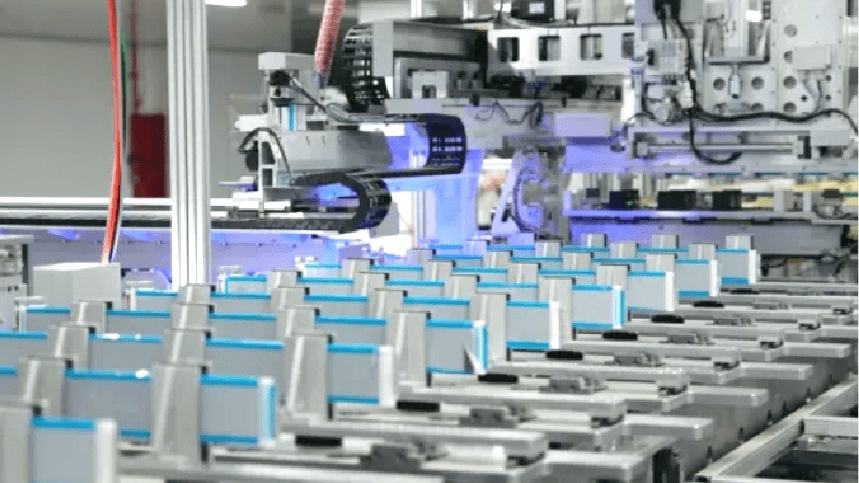

Japanese automotive manufacturers are setting themselves up to finally enter the growing EV segment in India with a mid-size SUV. Based on the information from multiple sources and reports, the new SUV will utilise an all-new, grounds up electric architecture. This also means that the automakers will also pack the upcoming EV with cutting-edge Lithium-ion (Li-ion) batteries known as ‘Blade’. Reports suggest that Chinese EV maker BYD will manufacture these batteries, which Maruti-Toyota hopes will give them a technological edge.
In today’s automotive world, numerous chemistries of Li-ion batteries are available, with the most common type being the Li-ion batteries. These typically consist of alloys like NMC (nickel-manganese-cobalt) or NCA (nickel-cobalt-aluminium) and lithium ferrous phosphate (LFP), which form the battery. NMC-style batteries are the go-to choice for renowned brands like Mercedes-Benz, BMW, Volkswagen, and Ford, with Chinese automakers preferring LFP-style batteries. BYD’s Blade batteries use LFP chemistry as its name has been derived from the fact that each cell is prismatic.
Each prismatic cell within the Blade batteries measures 96cm in length, 9cm in height, and just 1.35cm in thickness. BYD claims that its batteries are superior to conventional LFP cells due to the results gathered from nail penetration tests. During these tests, the surface of the Blade battery cells only reached temperatures between 30-60deg Celsius with no smoke or fire. BYD claims that in comparison, conventional LFP batteries reach a surface temperature of 200-400deg celsius under similar conditions.
BYD states that it has adopted the ‘cell-to-pack’ architecture for its Blade batteries, making them more economical and energy-dense. In comparison, NMC cells showcase an energy density between 200-250Wh/kg which is higher than that of LFP cells. However, the LFP cells are considerably more affordable since they do not utilise expensive metals like cobalt and nickel.
Typically, a battery pack of an EV consists of a structure wherein clusters of individual cells are put in a frame. This unit, known as a module, forms a battery pack after being grouped together, protecting cells from heat and vibration. BYD instead has decided to directly integrate its cells into a battery pack by skipping the module phase.
Also Read: Continental ShyTech Display – What is it?